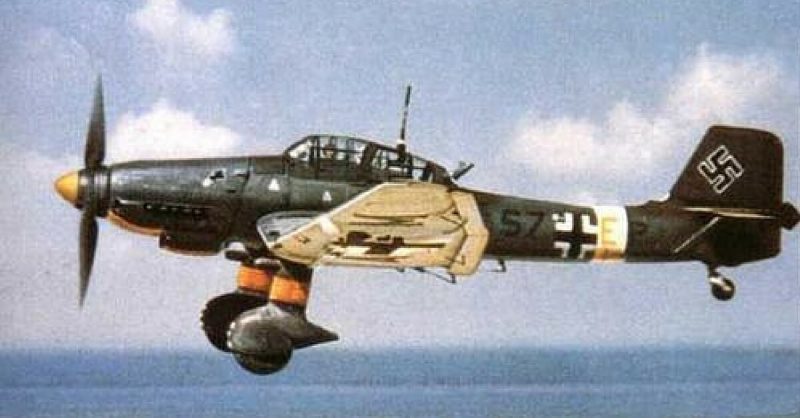The Stuka got its nickname from the German word Sturzkampfflugzeug or dive-bomber, the official designation was Junkers Ju-87.
The first plane prototype Stuka flew in 1936 and the plane was first used in combat in the Spanish Civil War.
More than 6,000 Stuka bombers were built in five variants designated A thru G, between 1936 and Aug 1944
https://www.youtube.com/watch?v=nZZ504TGDpE
The Ju 87 Stuka aircraft’s fixed undercarriages provided sturdy platforms for takeoffs and landings on improvised airfields in the field, but at the cost of airspeed due to drag.
On 15 August 1939 during a mass-formation dive-bombing demonstration for high-ranking commanders of the Luftwaffe, disaster struck. The planes dived through a cloud bank and expected to release their practice bombs and then pull out of the dive . They were unaware that on that particular day the cloud ceiling was too low and unexpected ground mist formed, leaving them with no time to pull out of the dive. Thirteen Ju 87s, and 26 crew members were lost when they crashed into the ground almost simultaneously
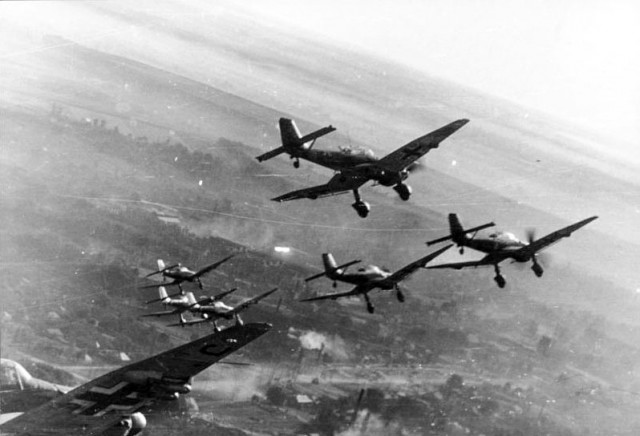
By the outbreak of World War II, the Luftwaffe had 366 Ju 87 ready for service, 3 of them carried out the first bombing mission of the war, attacking 11 minutes before the official German declaration of hostilities.
The aim of this mission was to destroy the Polish demolition charges wired to the bridges over the Vistula River at Dirscha. However, the mission failed, and the Poles destroyed the bridge before the Germans could reach it.
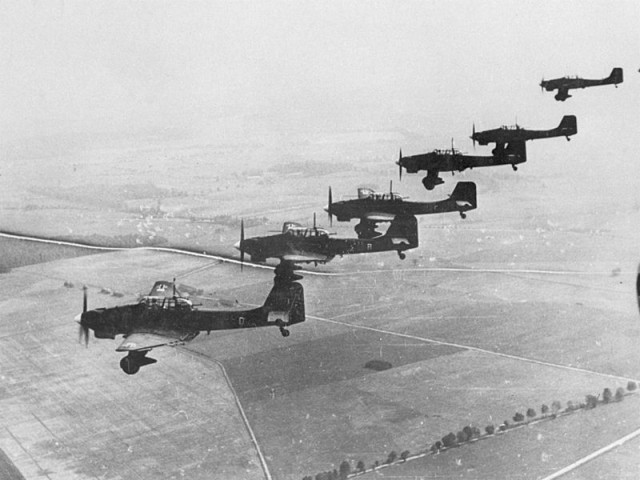
In Norway the Stukas were given the role of ground attack and anti-shipping missions, proving to be the most effective weapon of the Luftwaffe for carrying out the latter task.
In the Battle of France, the Stuka proved its worth in pin-point accurate bombing, but it also showed for the first time that they were vulnerable. For example, on 12 May, near Sedan, six French Curtiss H-75s fighters attacked a formation of Ju 87s, shooting down 11 out of 12 unescorted Ju 87s without loss.
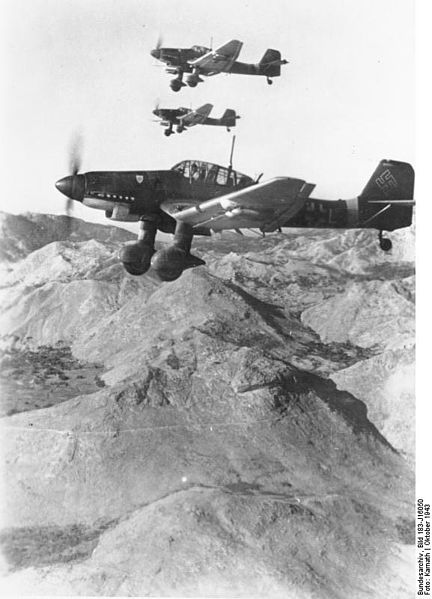
In the Battle of Britain, the Stuka with a top speed of a mere 255MPH was no match for the fast and agile Spitfire or Hurricane and suffered so many losses that it was withdrawn, it never saw combat again in Western Europe.
The Stuka was relocated to the Mediterranean and severely damaged the British aircraft carrier HMS Illustrious. The Ju 87s delivered six and three damaging near-misses, but the ship’s engines were untouched, and she made for the besieged harbour of Malta.
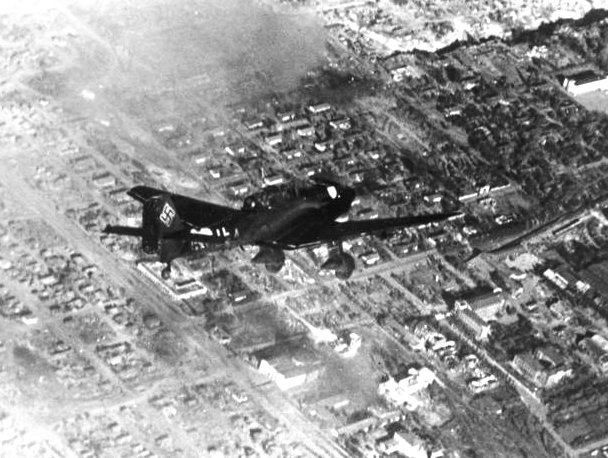
At the invasion of the USSR, the Stuka again showed its worth, it took a huge toll on Soviet ground forces, helping to break up counterattacks of Soviet armor, eliminating strongpoints and disrupting the enemy supply lines.
The Stuka was used in all battles of the Eastern Front, mostly in the anti-tank variant (Ju-87G), the final operational version of the Stuka. The reverse in German military fortunes after 1943 and the appearance of huge numbers of well-armored Soviet tanks caused Junkers to adapt the existing design to combat this new threat.
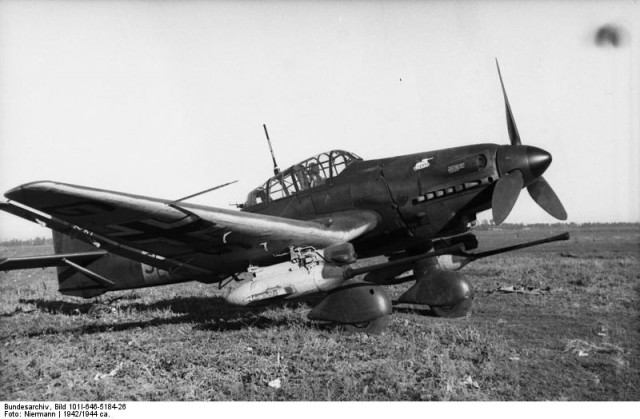
The anti-tank Stuka carried two 37 mm cannons in underwing gun pods, each loaded with two six-round magazines of armor-piercing tungsten carbide-cored ammunition.
Stuka Ace Hans-Ulrich Rudel was the most highly decorated German serviceman of the war. Rudel flew 2,530 combat missions claiming a total of 2,000 targets destroyed; including 800 vehicles, 519 tanks, 150 artillery pieces, 70 landing craft, nine aircraft, four armored trains, several bridges, a destroyer, two cruisers, and the Soviet battleship Marat.
In May 1944 production was slowed and stopped altogether in December 1944
Only two Stukas remain intact, one at the Chicago Museum of Science and one at the Royal Air Force Museum in London.
https://www.youtube.com/watch?v=5uvqhA4_2tU
